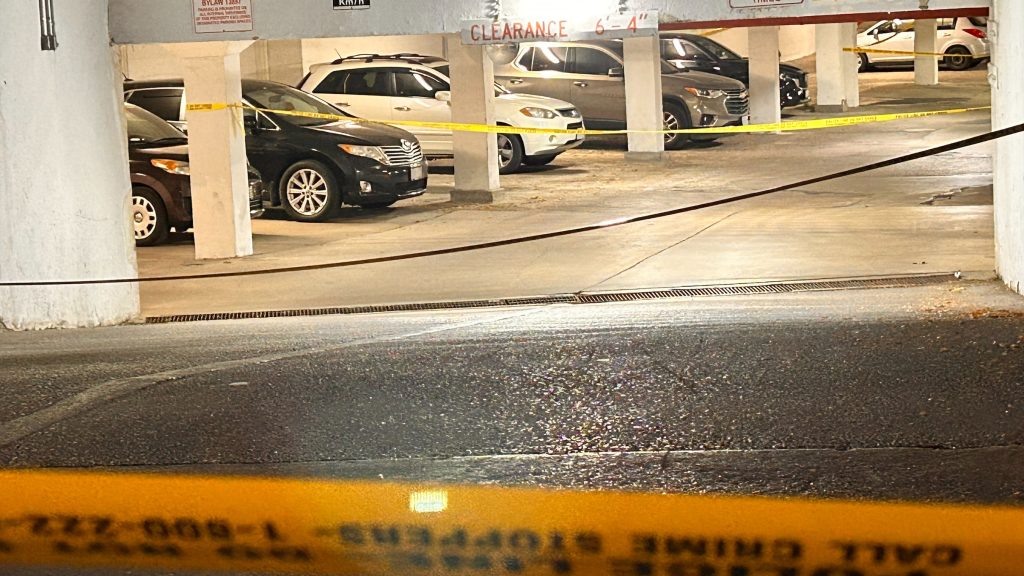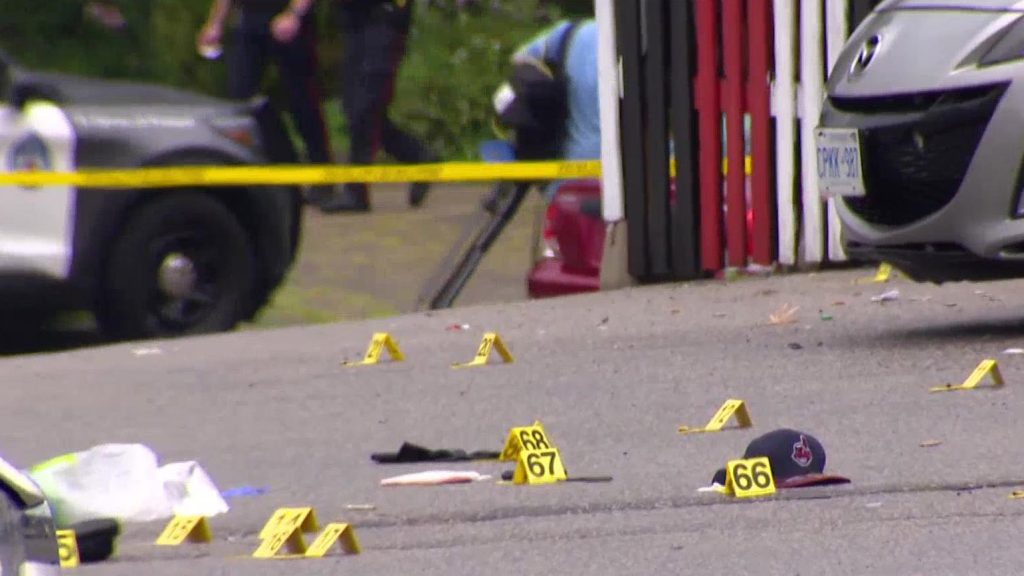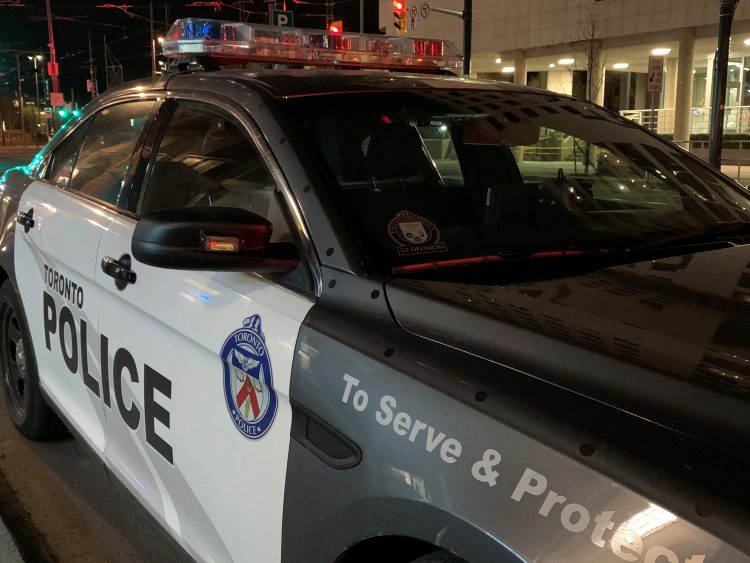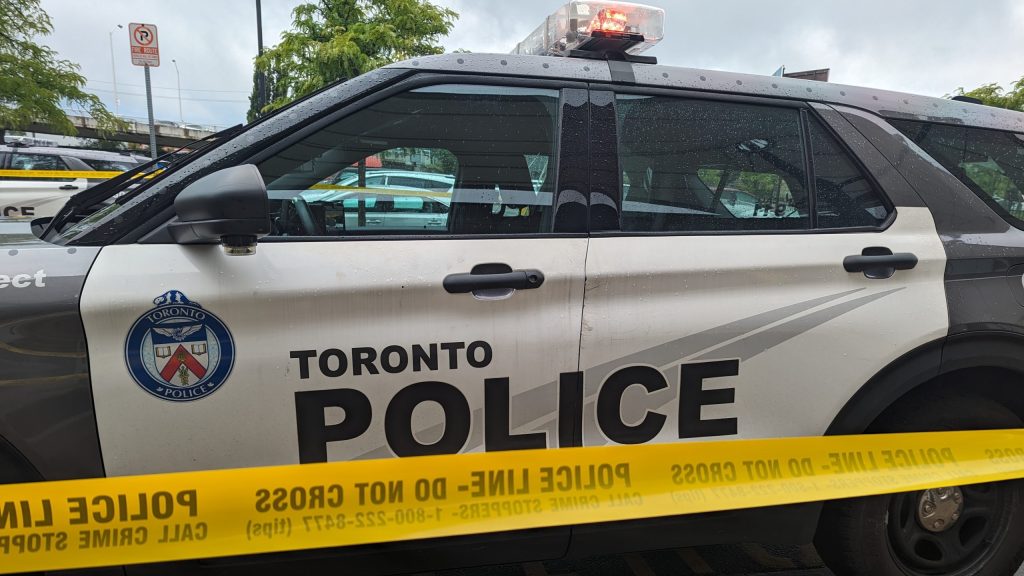Britain Remembers Terror Attacks
Posted July 7, 2006 12:00 pm.
This article is more than 5 years old.
The city’s mayor Ken Livingstone laid a wreath of flowers outside King’s Cross station – where four men separated before detonating their bombs on three subway trains and a bus July 7, 2005, killing 52 commuters.
Relatives of the dead will mark the sombre anniversary in an evening ceremony at Regent’s Park, where the victims’ names will be read aloud.
King’s Cross transit manager Peter Sanders still remembers that life-altering day, seeing people coming out of the Underground “blackened by soot and looking scared.”
“I was up early today and I looked out of the window and I thought that this time last year the bombers were on their way. It was eerie,” he said.
Another ceremony was to take place at the site of the bus bombing, Tavistock Square.
On the eve of the anniversary, a video was broadcast by Al-Jazeera featuring one of the now-dead suicide bombers. It’s unclear how the tape was obtained.
“What you have witnessed now is only the beginning of a series of attacks that will continue and increase in strength,” said Shehzad Tanweer, 22, whose backpack explosives killed six people and himself on an east London Circle Line subway.
The four bombers, who died with their victims, were British born or raised – three of them Pakistani and living near Leeds and one a Jamaican immigrant living northwest of London.
And though transit service has long since returned to normal, the terrifying events of that day led to a strained relationship between Muslims and non-Muslims in the country.
The heavy police presence that followed the strikes – the first suicide bombings in a Western European nation – is also gone.
But fears of similar attacks still grip the country, and have prompted increased security measures at a number of events including this week’s Wimbledon tennis tournament.
Key facts about the suicide bombings that killed 52 people and wounded more than 700 in central London on July 7, 2005:
The Attacks: Three bombs exploded within 50 seconds of each other at 8:50am on underground trains heading south, east and west from London’s King’s Cross station. A fourth went off at 9:47am on a double-decker bus nearby.
Casualties: Fifty-six people, including the four bombers, were killed in the blasts. Some 700 were wounded.
The Bombs: The homemade peroxide-based explosives were made in a sophisticated “bomb factory” in Leeds. The bombs were carried in backpacks and contained less than 10 lb (4.5 kg) each of explosives. A car used by the bombers on the day of the attack also had two nail bombs hidden in a backpack underneath the passenger seat.
T he Bombers: Shehzad Tanweer, 22, blew up a train at Aldgate underground station; Mohammad Sidique Khan, 30, did the same at Edgware Road; Hasib Hussain, 18, carried the bomb that blew up a double-decker bus in Tavistock Square. Jermaine Lindsay, a Jamaican-born convert to Islam who had been living in Aylesbury, northwest of London, died at Russell Square.
Dry run: Three of the bombers, Tanweer, Khan and Lindsay, were caught on CCTV cameras staging a dry run to the capital just over a week before the attacks, following the exact route used on the day of the attacks.
The hunt: Police have spoken to 3,000 witnesses, examined more than 30,000 items, watched 80,000 surveillance recordings and searched 15 locations including a landfill site as big as 18 Olympic-sized swimming pools.
Second attack on July 21: Detectives say four men tried to set off bombs on three underground trains and a bus in an identical plot two weeks later but their devices failed to explode. A fifth man is accused of dumping a suspected bomb in a west London park two days after the botched attacks. They are due to go on trial in September.








